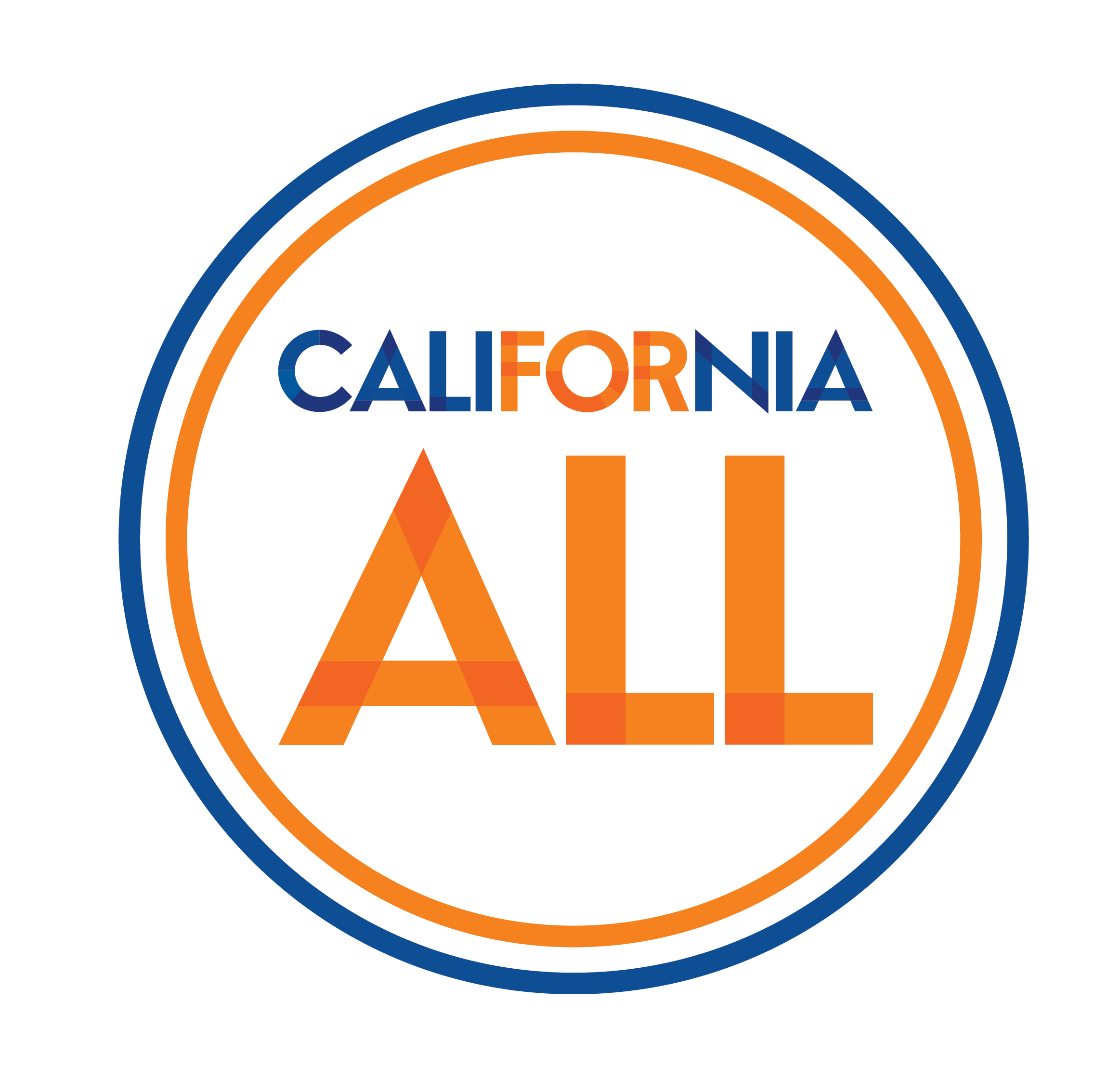Frequently Asked Questions for Businesses
- What requirements does Proposition 65 place on companies doing business in California?
- Are any businesses exempt from Proposition 65?
- How can businesses determine if a warning is required?
- What are safe harbor numbers?
- What if there is no safe harbor level?
- Where can I get information on the warning symbol?
Businesses are required to provide a "clear and reasonable" warning before knowingly and intentionally exposing anyone to a listed chemical, unless the business can show that the anticipated exposure level will not pose a significant risk of cancer or is significantly below levels observed to cause birth defects or other reproductive harm.
This warning can be given in several ways, such as by labeling a consumer product, posting signs at the workplace, distributing notices at a rental housing complex, or publishing notices in a newspaper. The requirement to provide warnings takes effect one year after a chemical is added to the list.
Proposition 65 also prohibits companies that do business within California from knowingly discharging listed chemicals into sources of drinking water. Once a chemical is listed, businesses have 20 months to comply with the discharge prohibition.
Businesses with fewer than 10 employees and government agencies are exempt from Proposition 65’s warning requirements and prohibition on discharges into drinking water sources.
Businesses are also exempt from the warning requirement and discharge prohibition if the exposures they cause are so low as to create no significant risk of cancer or are significantly below levels observed to cause birth defects or other reproductive harm.
Using its knowledge of its business operations and the chemicals it uses, a business can review the Proposition 65 list to determine whether its operations or products are likely to expose people in California to any listed chemicals. Depending on the level of exposure, the business may be required to provide a warning for those exposures. A business that determines it is causing exposures to a listed chemical may be able to use OEHHA’s safe harbor numbers to determine if it needs to provide a warning.
To guide businesses in determining whether a warning is necessary or whether discharges of a chemical into drinking water sources are prohibited, OEHHA has developed safe harbor levels for many Proposition 65 chemicals. A safe harbor level identifies a level of exposure to a listed chemical that does not require a Proposition 65 warning. A business does not need to provide a warning if exposure to a chemical occurs at or below these levels. These safe harbor levels consist of No Significant Risk Levels for chemicals listed as causing cancer and Maximum Allowable Dose Levels for chemicals listed as causing birth defects or other reproductive harm. OEHHA has established more than 300 safe harbor levels and continues to develop more levels for listed chemicals.
If OEHHA has not established a safe harbor level for a chemical, businesses that expose individuals to that chemical would be required to provide a Proposition 65 warning, unless the business can show that the anticipated exposure level will not pose a significant risk of cancer or reproductive harm. OEHHA has adopted regulations that provide guidance for businesses in calculating their own level in the absence of an OEHHA safe harbor level. Regulations are available at Article 7 and Article 8 of Title 27, California Code of Regulations.
Determining anticipated levels of exposure to listed chemicals can be very complex. Although a business has the burden of proving a warning is not required, a business is discouraged from providing a warning that is not necessary and instead should consider consulting a qualified professional if it believes an exposure to a listed chemical may not require a Proposition 65 warning.
With some exceptions, the warning symbol is a required element of safe harbor warning content. The symbol consists of a black exclamation point in a yellow equilateral triangle with a bold, black outline. The symbol must be placed to the left of the text of the warning in a size no smaller than the height of the word “WARNING”. If the sign, label, or shelf tag for the product is not printed using the color yellow, the symbol may be provided in black and white. Businesses may download the symbols provided here for use in Proposition 65 warnings. A business wishing to provide a safe harbor warning must meet all applicable requirements of the Article 6 Clear and Reasonable Warnings regulations.
If you have any questions, comments, or concerns about the content of this page, please contact us.
In order to provide information to the public regarding exposures to listed chemicals, OEHHA may request information from businesses pursuant to Title 27, California Code of Regulations, Article 2, section 25205(b). The information provided by a business under Section 25205(b) is not a substitute for a “clear and reasonable” warning required by Health and Safety Code section 25249.6 (“The Act”). At the same time, the failure of a business to provide information requested by OEHHA under Section 25205(b) is not a failure to provide a clear and reasonable warning in violation of the Act.




